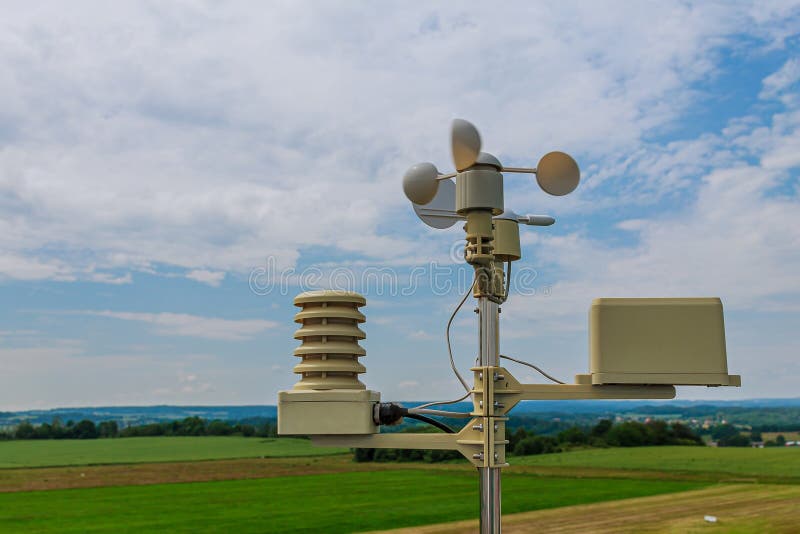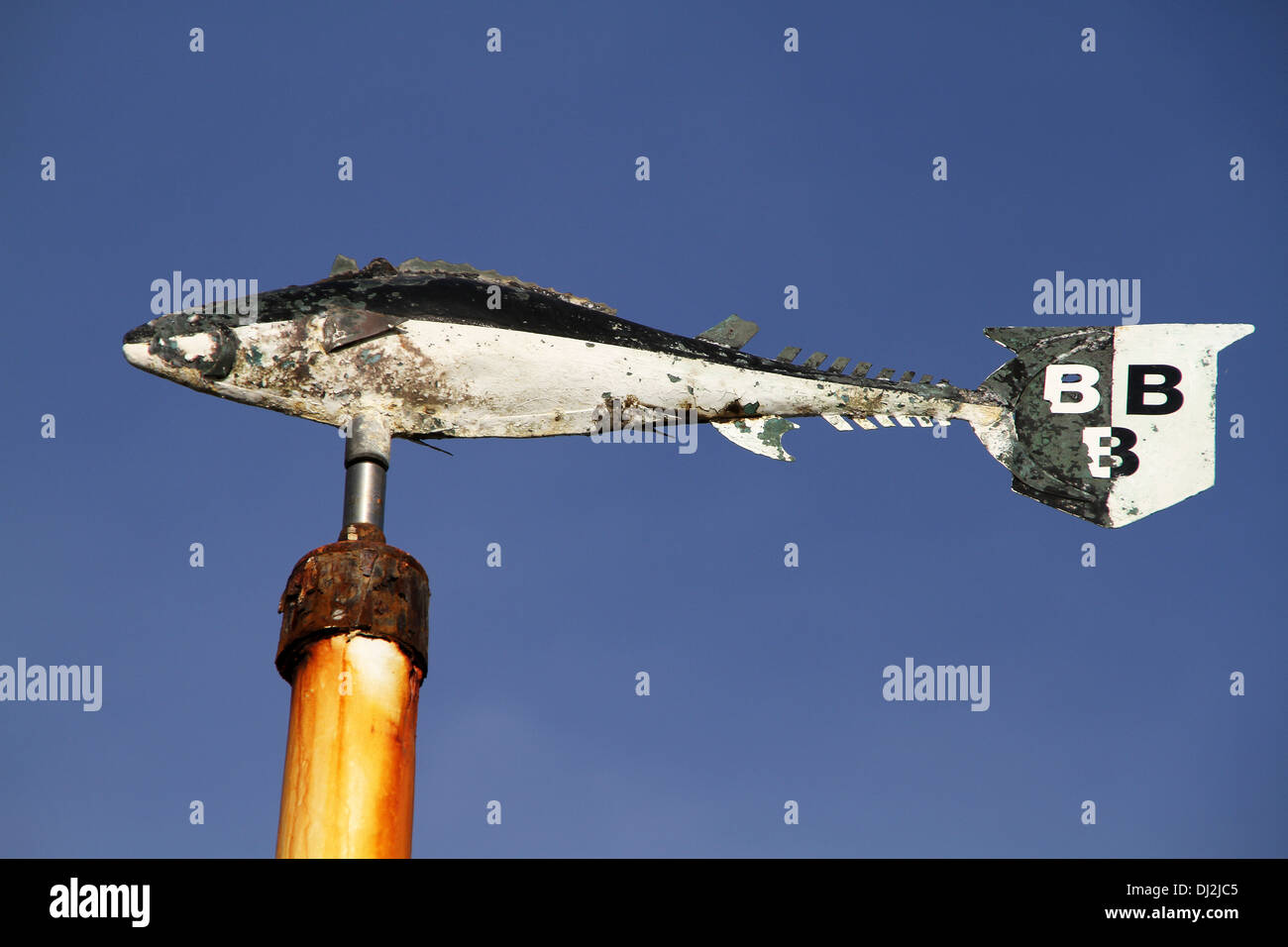

If you need to translate UTC time to your current local time bookmark this website: UTC time

It always starts with the airport identifier.
AIRPORT WEATHER INDICATOR HOW TO
How to Read METARs: the easy part Airport Identifier I like to break down METARs into two parts. As you can see it’s not such a great day today! The top line is the METAR and the bottom six lines are the TAFs. Here is an example METAR and TAF from Salem, OR (KSLE). Let’s break down METARs into their individual components. The rest of this article will cover the nitty-gritty details to include what’s important and what you can ignore. Getting METARs is actually the easy part. They also have a really neat feature that helps you decode METARs. You can print your flight as well as the weather in one packet you can take with you. I used every day when I flew for a Part 135 operation, and highly recommend it. Pilots can plan their flight, create and file a flight plan and get weather all in one location on.
AIRPORT WEATHER INDICATOR SOFTWARE
While the AWC website is a great resource for checking the weather, oftentimes, flight planning software like is a better way to get weather. I also suggest you print the airport diagram even if you have Foreflight.

I suggest you print them and take them with you in the aircraft. TAFs, on the other hand, cover a 24 to 30 hour period and they are published 6 times a day (0000, 0600, 1200, 1800).ĪDDS lets you print out the METARs and TAFs. They are usually refreshed around 55 past the hour. The METAR only gives you a small snapshot in time. I suggest you always choose both METARs and TAFs. Enter the airport identifier of the airport(s) you need. It doesn’t matter which since both tabs will let you select both METARs and TAFs. But if you don’t use iOS devices, check out this article on the Top 8 Weather Apps for Pilots.įor those of you who want free, here is a screenshot from the Aviation Digital Data Service-Aviation Weather Center (ADDS-AWC) website. It is hands down the most advanced aviation and weather flight planning tool out there. There are two primary places to get METARs and TAFs: NOAA’s aviation weather site or an aviation app on your smart device. By the end, even the most experienced pilots will learn something new. This article will take a deep dive into how to read every aspect of the METAR. They typically leave off the remarks (RMK) section leaving pilots to wonder what the rest of the METAR means. If you need more information about our wind statistics for Spokane International Airport, have a look at our help section.How do you read METARs when there is so much extraneous information? Aviation Routine Weather Reports (METARs) are a must for every flight, but for something so vital they are difficult to read.Įven programs like Foreflight don’t decode all of the METAR. For converting between wind speed units such as knots, km/h (kilometers per hour), m/s (meters per second), and mph (miles per hour) use our wind speed calculator. Use website settings to switch between units and 7 different languages at any time. These units are often used by sailors, kiters, surfers, windsurfers and paragliders.

We use knots and degrees Celsius as our default units. The arrows point in the direction in which the wind is blowing.Ĭheck the wind statistics for Spokane International Airport when you want to find the best last minute travel destination for your kiteboarding, windsurfing or sailing vacation in United States of America. You can also order the raw wind and weather data on our historical weather data request page (for example for an insurance case, to better plan your vacation etc). The wind statistics are based on real observations from the weather station at Spokane International Airport. Windfinder specializes in wind, waves, tides and weather reports & forecasts for wind related sports like kitesurfing, windsurfing, surfing, sailing or paragliding. This is the wind, wave and weather statistics for Spokane International Airport in Washington, United States of America.


 0 kommentar(er)
0 kommentar(er)
